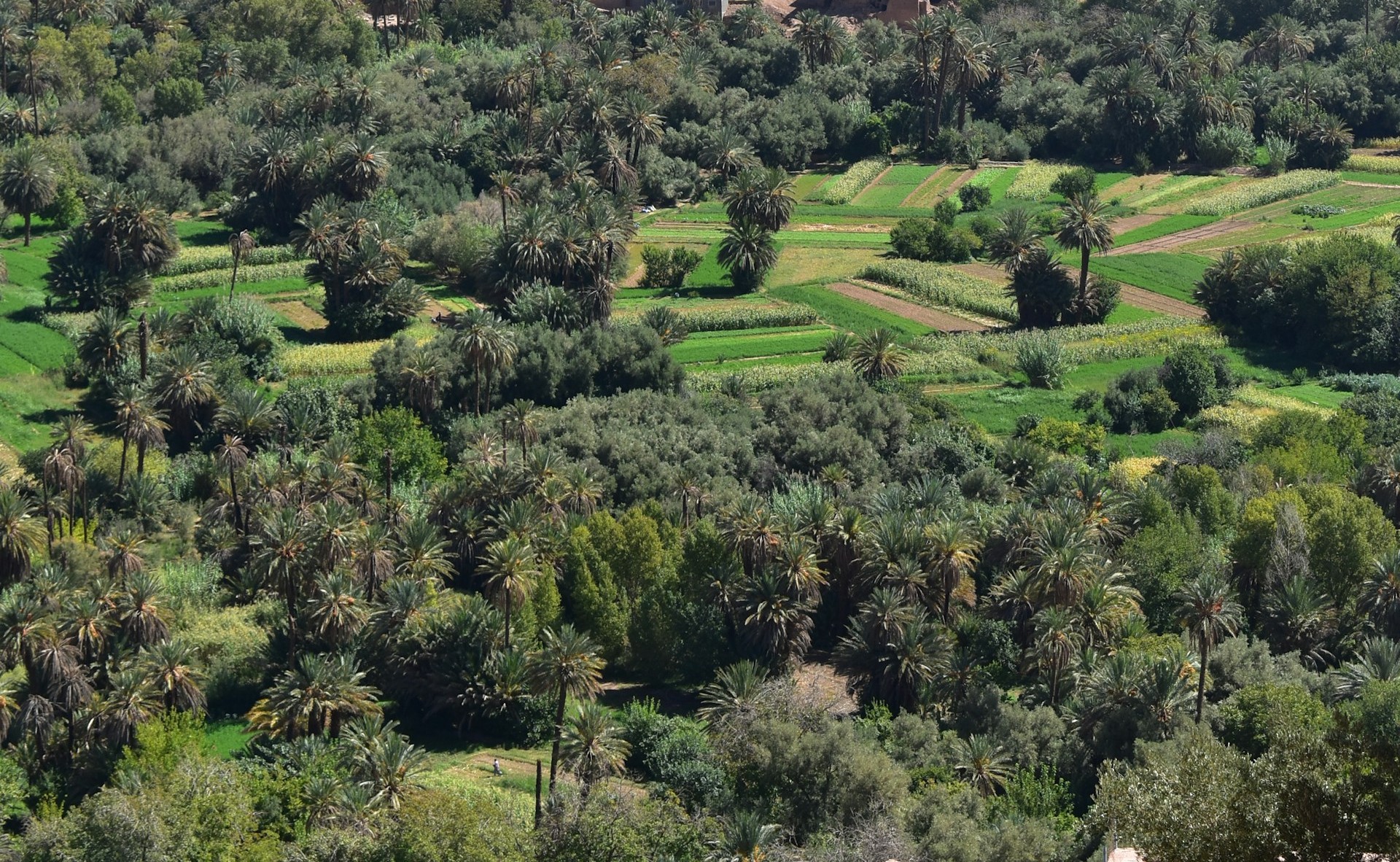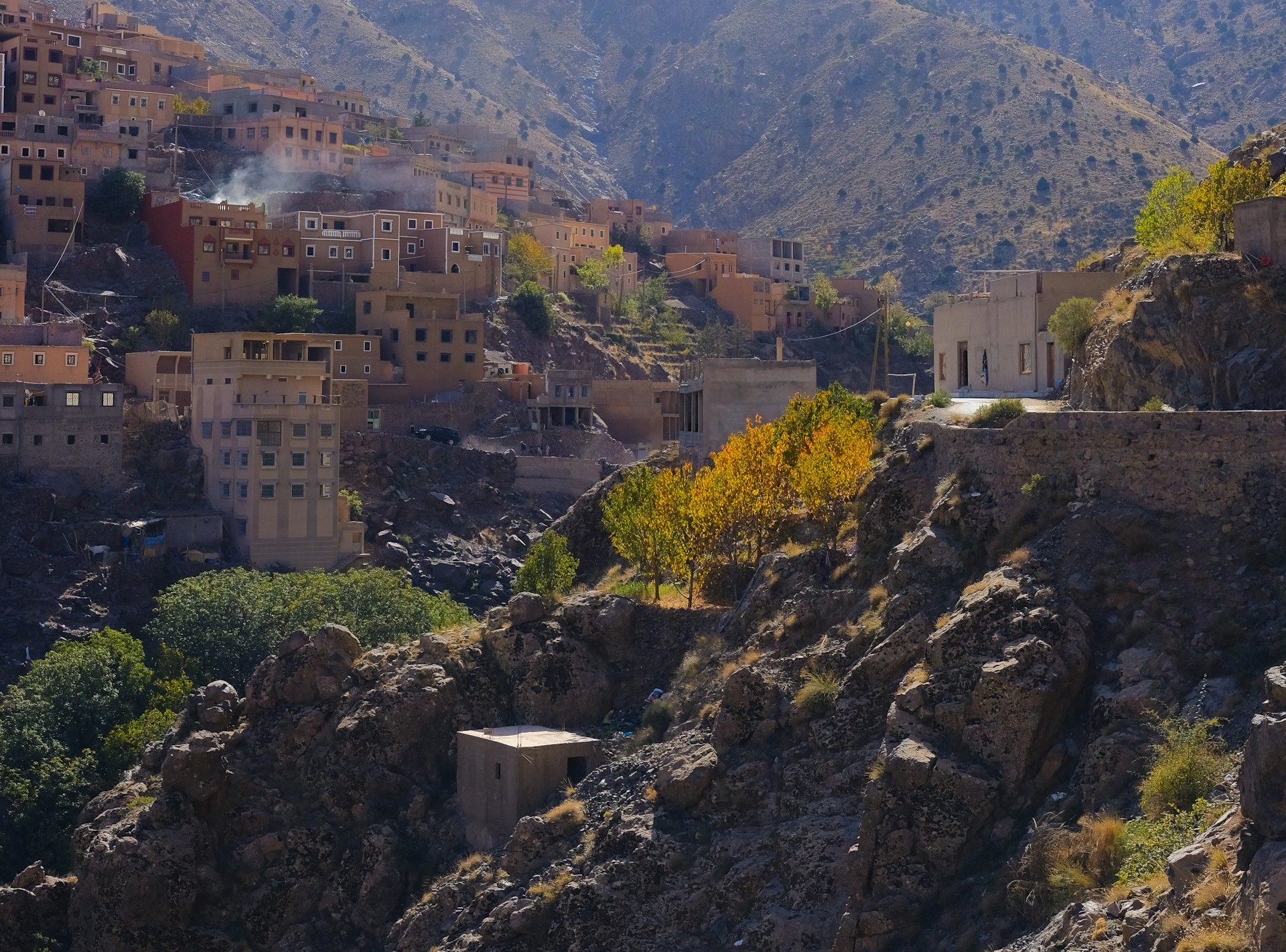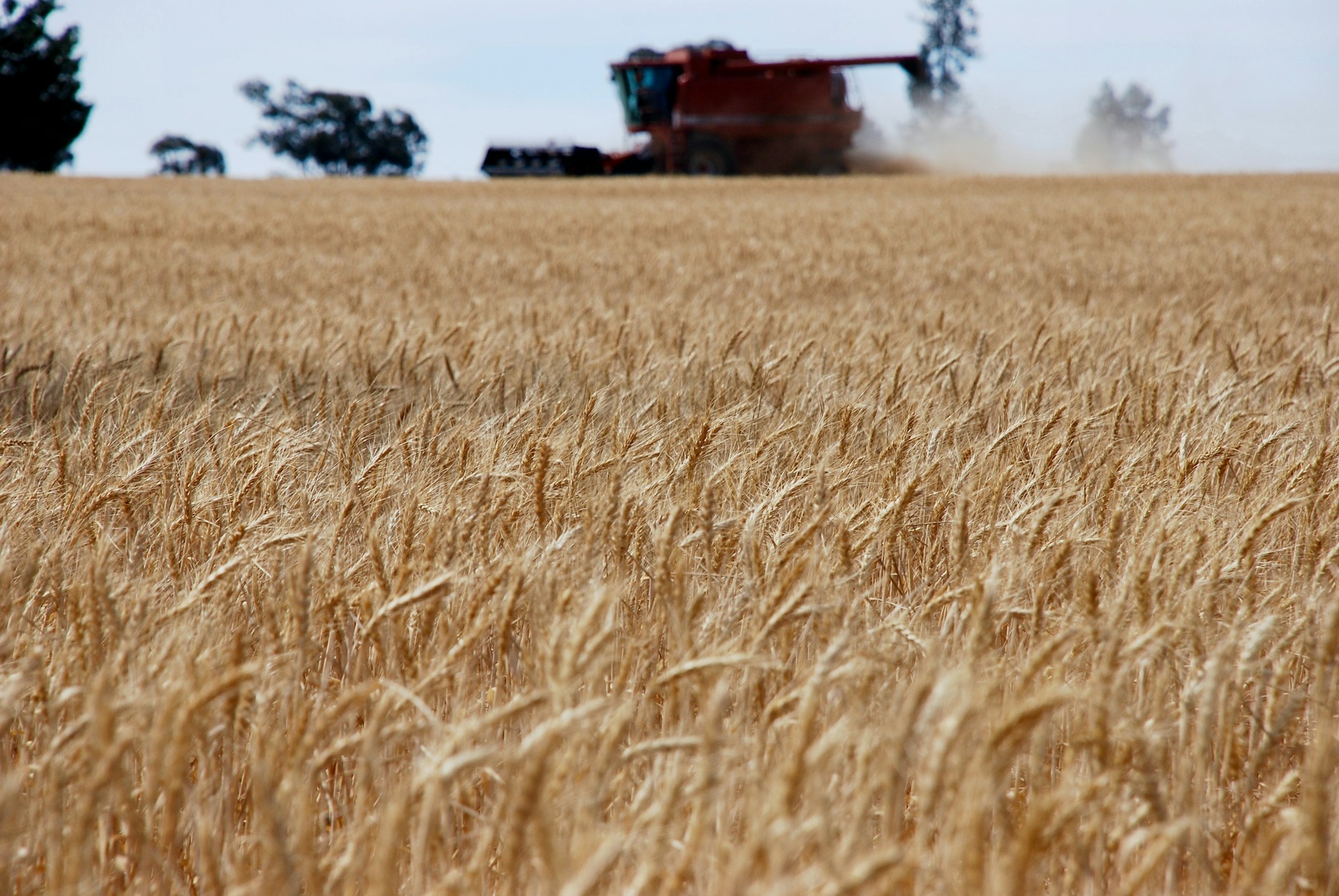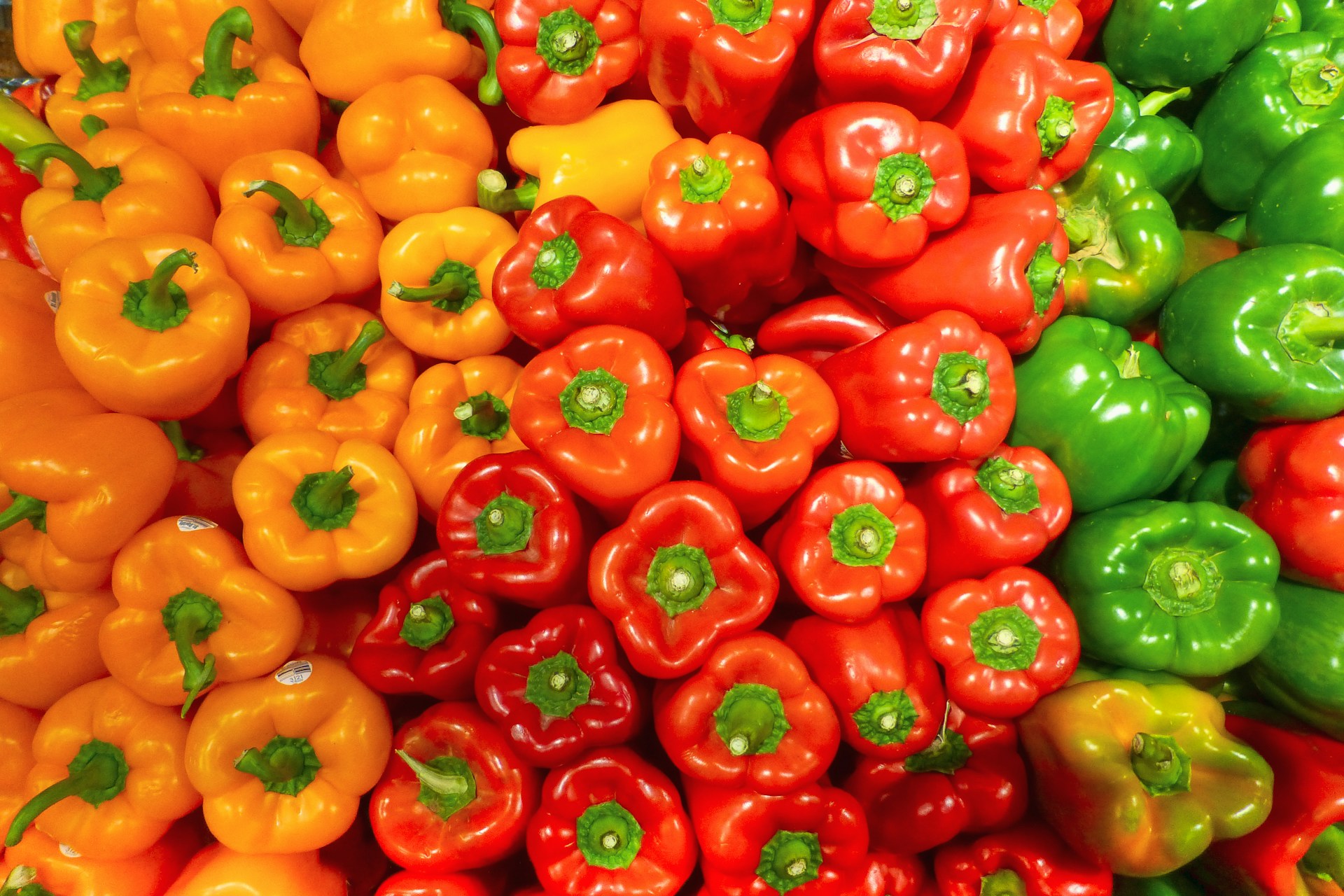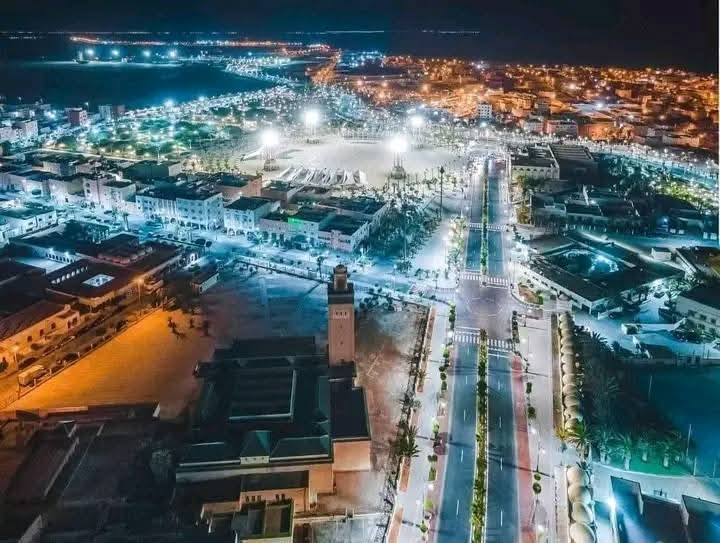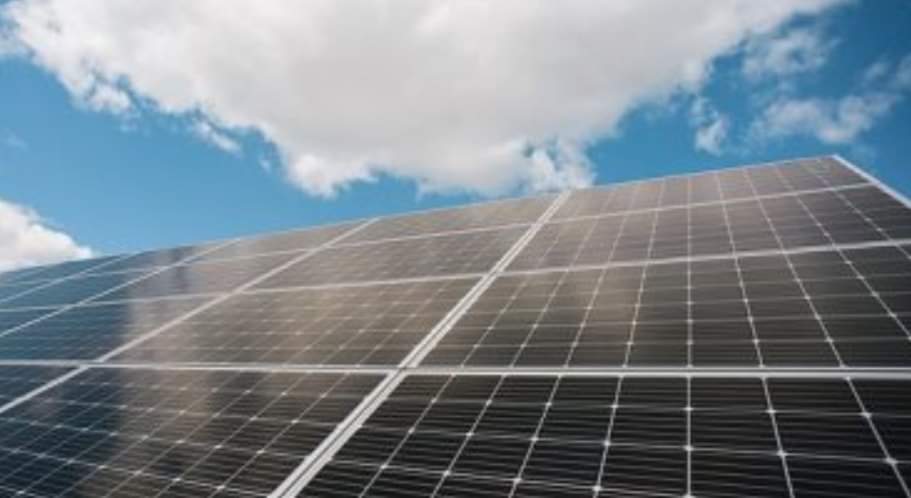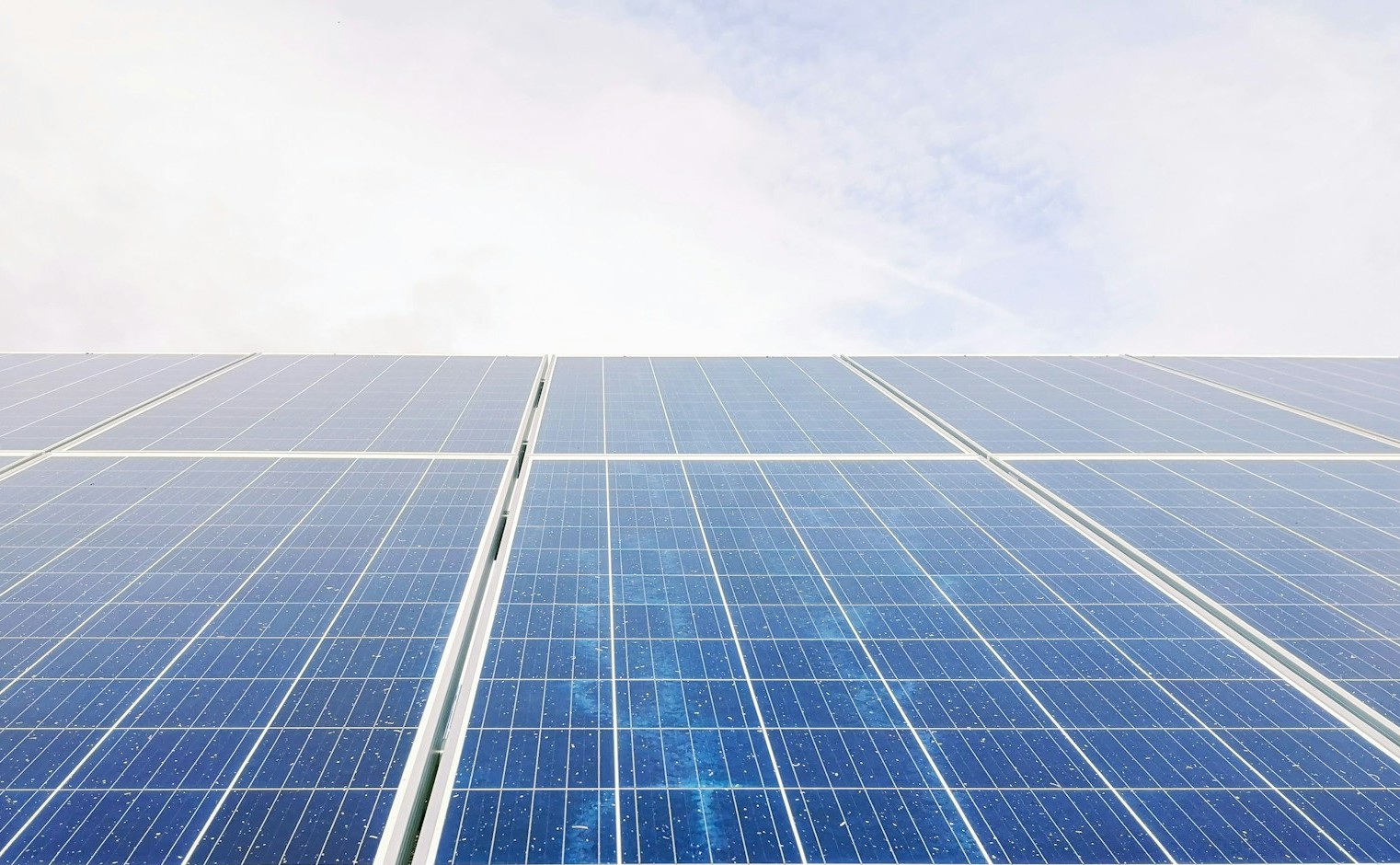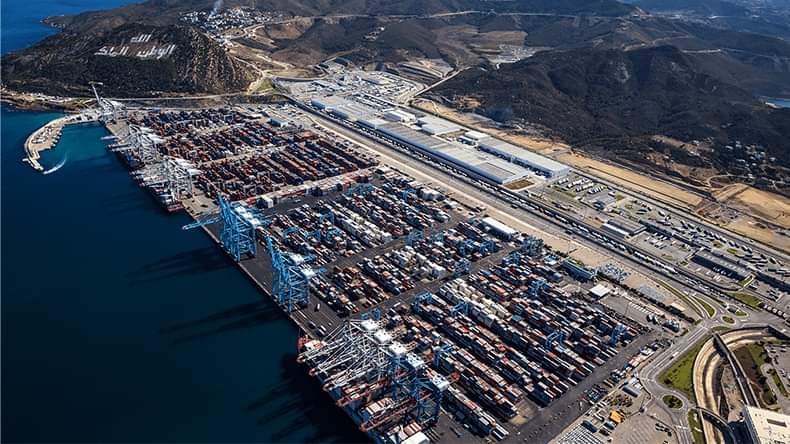Casablanca – In 2024, Morocco made a remarkable leap on the global agricultural stage, securing the position of the world’s third-largest exporter of peppers. According to data published by the Spanish platform Hortoinfo, the North African country exported approximately 266.47 million kilograms of peppers last year, a figure that represents 6.43% of global pepper exports.
This achievement marks a substantial 162% increase in export volume compared to 2015, reflecting Morocco’s growing competitiveness in the international agri-food market. With this performance, Morocco now trails only Spain and the Netherlands, both of which remain leaders in global pepper exports.
The financial impact of these exports has been significant. Pepper shipments generated around $438 million in revenue for Morocco in 2024, based on an average export price of $1.64 per kilogram. This strong demand and solid export pricing have positioned Moroccan peppers as a dependable product for several countries, particularly those relying on stable and affordable agricultural imports to support their food industries.
Globally, Spain continues to dominate the pepper export market, particularly through its Almería province, which alone exported more than 530 million kilograms of peppers in 2024. The Netherlands followed with over 421 million kilograms, while Turkey, in fourth place, shipped approximately 165 million kilograms. Despite Morocco’s lower volumes compared to these top exporters, its growth rate over the past decade is one of the highest among the major players.
However, this export success comes at a time of rising tension domestically. Moroccan consumers have been grappling with persistently high pepper prices on the local market. Since the month of Ramadan, which began in early 2024, retail prices have fluctuated between $1.54 and $3.09 per kilogram, with many markets still reporting prices above $1.54, even months later.
This situation has sparked a public debate over national priorities in food distribution and pricing. Many consumers and professionals are asking whether Morocco’s focus on exports is coming at the expense of the domestic market—particularly during a time of economic hardship and limited household purchasing power.
Agricultural analysts point to several potential factors behind the continued high prices at home. Chief among them are climate-related challenges, including consecutive years of drought, which have strained water resources and affected crop yields. Peppers, like many other vegetables, are water-intensive crops, and their cultivation requires careful irrigation, especially in arid regions.
Another contributing factor may lie in supply chain dynamics. With exporters able to secure higher prices in foreign markets, particularly in Europe, many Moroccan producers are prioritizing international buyers. This shift potentially reduces the volume of peppers available for local consumption, tightening supply and driving up prices at home.
While authorities have acknowledged the challenges of inflation and food accessibility, clear policy measures addressing this specific imbalance between exports and local availability remain limited. In the absence of targeted government intervention—such as price controls, export quotas, or subsidies for domestic distribution—the gap between export success and local affordability may continue to widen.
Morocco’s agricultural sector is widely seen as a key pillar of the national economy, offering both employment and foreign currency earnings. Yet the growing disconnect between international performance and domestic food security is prompting calls for a more balanced approach—one that ensures continued export growth while safeguarding the affordability of essential produce for Moroccan households.
As Morocco strengthens its position as a key player in global agricultural exports, policymakers may increasingly be challenged to strike a delicate balance: how to sustain international competitiveness without compromising the accessibility and affordability of essential produce for local consumers.
